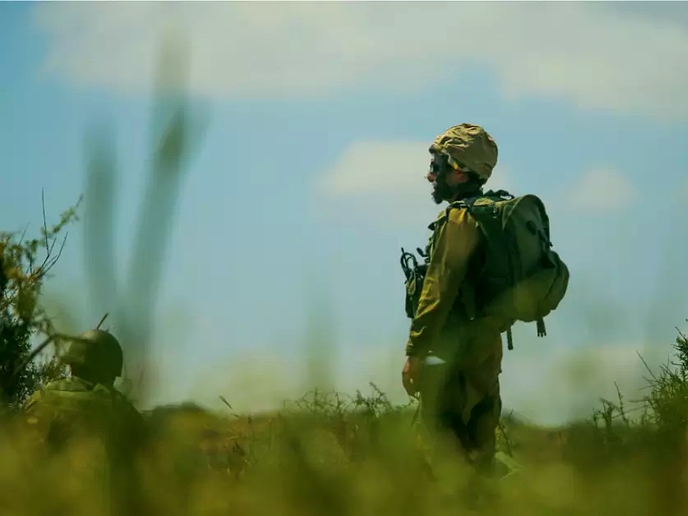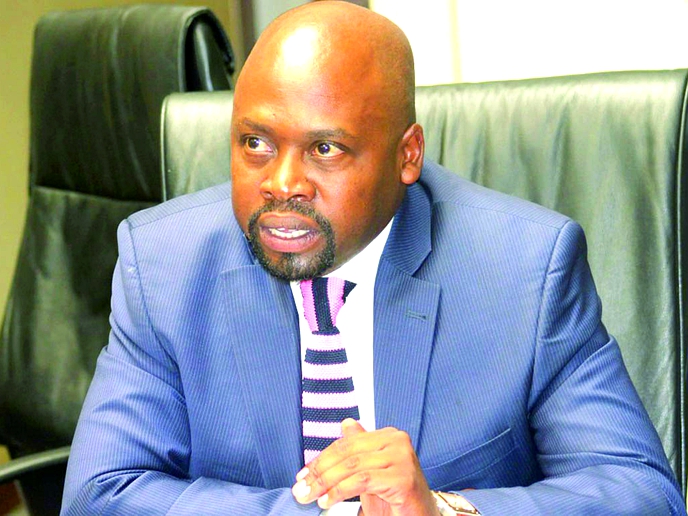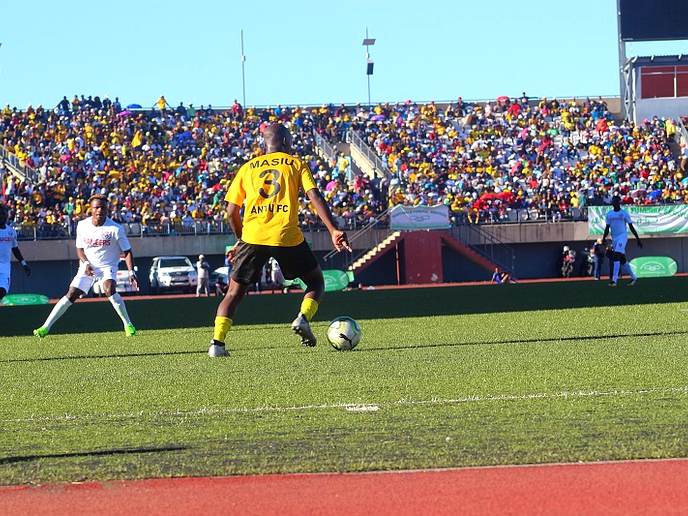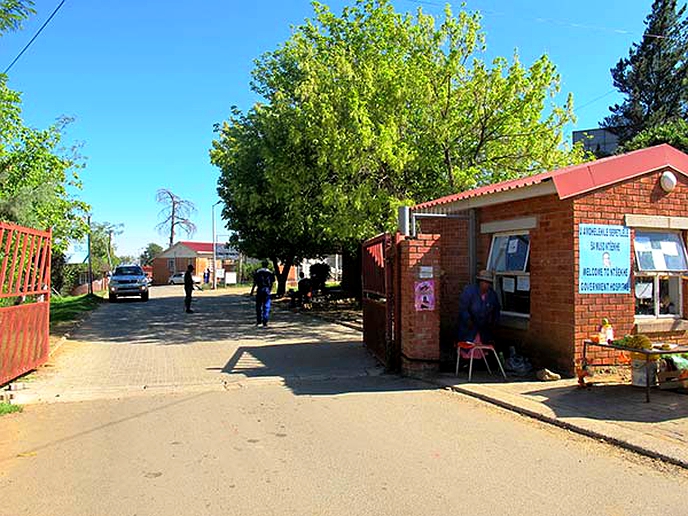MASERU - Lesotho faces a severe hunger driven by drought and a general increase in food prices, the Southern African Development Community (Sadc) Regional Vulnerability Assessment and Analysis Programme has shown in its Lesotho Vulnerability Assessment Committee Results 2019.
news
Sept. 5, 2019
STAFF REPORTER
3 min read
Severe hunger looms
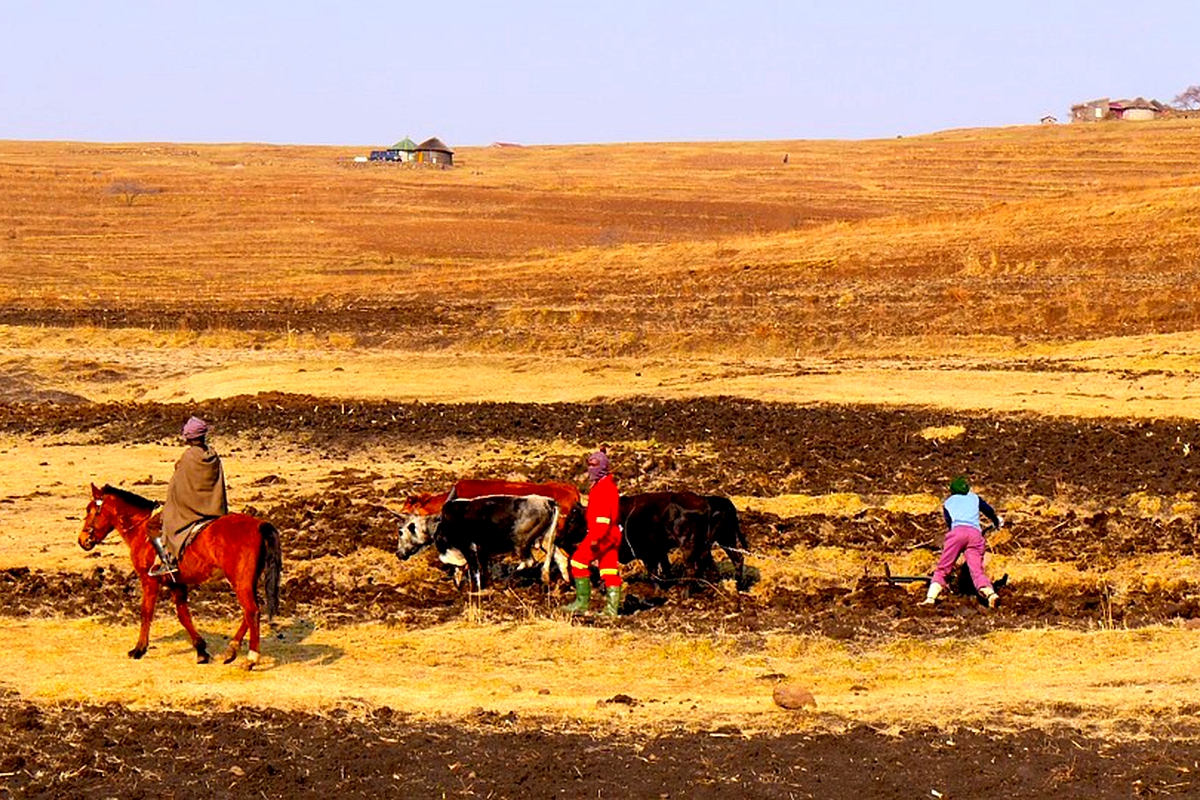
This report was prepared by Sadc with the United Nations (UN) Office for the Coordination of Humanitarian Affairs.The report says the current deterioration in the food security situation in Lesotho is driven by a severe drought and a general increase in food prices.
And the food availability from household production has decreased and food access has declined due to poor purchasing power.Even though the cereal deficit will be likely covered by imports from South Africa, the poor climate outlook and possible reduction in agricultural labour opportunities, together with possible price hikes, indicate that the situation is likely to deteriorate, the report further shows.
But the Minister in Prime Minister’s Office Temeki Ts’olo says they are prepared to contain the situation.Mr Ts’olo says they have the Lesotho Food and Nutrition Strategy and Costed Action Plan that is geared towards addressing the food crisis.Under this plan, the Ministry of Agriculture and Food Security has embarked on efforts to strengthen the food value chain towards achieving sustainable diversification and commercialism with an emphasis on developing integrated value chains.
This entails building effective agricultural support institutions, improving risk management in the sector and reducing stock theft.The livestock subsector – in particular wool and mohair – has been singled out as one of the country’s most important value chains, and possesses considerable potential to contribute to economic growth and poverty reduction. Ts’olo says this action plan has been approved by the Cabinet.
Enjoy our daily newsletter from today
Access exclusive newsletters, along with previews of new media releases.
“We are really prepared to counterattack this challenge,” he notes.Ts’olo says they have already discussed the problem with their development partners who are likely to help in addressing the problem. He says the Disaster Management Authority (DMA) has strategies in place that are meant to address the problem.
The report notes that between October 2019 and March 2020, about 30 percent of the rural population which is over 433,000 people, will require humanitarian assistance, compared to 18 percent in 2018.
In addition, 13.3 percent of the urban population – about 75,000 people – will also require humanitarian assistance, compared to 9.2 percent in 2018, it further shows.
The government together with the World Bank and the International Fund for Agriculture Development (IFAD) have been implementing from 2012 to-date a Smallholder Agricultural Development Programme (SADP) to support smallholder farmers in exploiting opportunities and increasing productivity, as well as diversifying into market-oriented agriculture.
Mr Ts’olo says they are prepared to have a zero hunger in the country in the light of the food- induced drought. SADC established the Regional Vulnerability Assessment Committee (RVAC) with International Cooperating Partners and other stakeholders in 1999. This committee has spearheaded critical improvements in vulnerability analysis and food security at both regional and country levels.
In 2006, the SADC Secretariat began implementing the Regional Vulnerability Assessment and Analysis (RVAA) Programme. Since its inception, the Programme has worked to create institutional and conceptual achievements, building strategies and interventions that integrate short-term responses to emergencies.
Tailored for you



